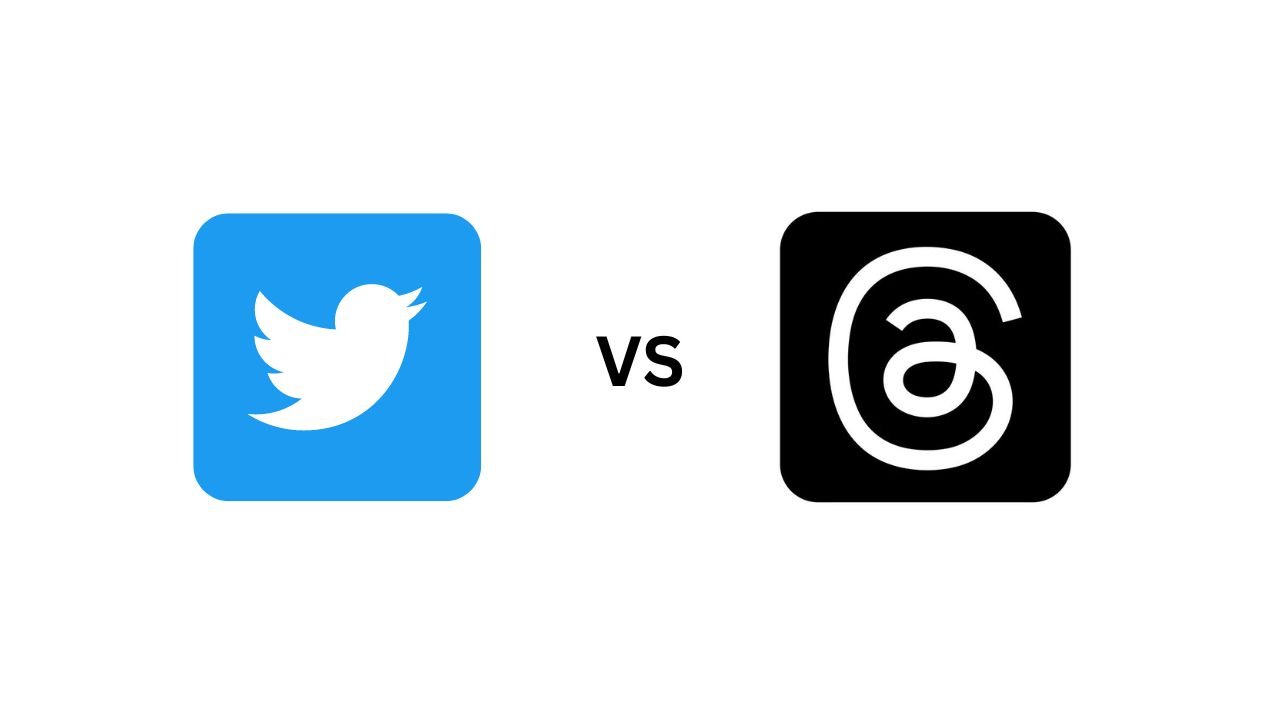In recent months, Twitter, once a vibrant and influential social media platform, has experienced a sharp decline in functionality and user satisfaction. This downturn has been attributed to a series of questionable decisions made under the leadership of Elon Musk, the CEO of Tesla and SpaceX, who took over as Twitter’s CEO in a surprising move. The platform’s deterioration has been marked by the departure of key employees, the resurgence of right-wing accounts, a flawed verification system, an influx of bot and advertising accounts, and most recently, severe rate-limiting issues. As Twitter teeters on the edge, its rival, Facebook’s Mark Zuckerberg, appears poised to seize the moment.
Staff Reductions and Technical Challenges:
One of the primary contributors to Twitter’s downfall has been a significant reduction in experienced personnel. Musk’s new strategy reportedly involved laying off employees who possessed crucial knowledge about the platform’s inner workings. As a result, Twitter has been plagued by numerous bugs, crashes, and other technical issues, diminishing the overall user experience.
Political Controversy and Reinstatement of Banned Accounts:
Another aspect of Twitter’s decline has been the contentious political angle surrounding the reinstatement of banned or suspended right-wing accounts. In an attempt to project an image of fairness, these accounts were allowed back onto the platform. However, this move has led to a surge in hate speech, racism, homophobia, and misogyny, making the platform increasingly hostile for many users.
Flawed Verification System and Favoritism:
Twitter’s once-reliable verification system, which ensured users were who they claimed to be, has been replaced with a pay-to-verify system. Under this new approach, any user can pay for verification and gain benefits such as boosted visibility and higher character allowances. This shift has disproportionately empowered individuals who believe their opinions supersede those of others, creating an imbalanced and divisive environment that undermines the principles of open discourse.
Rate Limiting and Zuckerberg’s Opportunistic Move:
The recent introduction of rate limiting has become the proverbial “straw that broke the camel’s back.” As Twitter faced financial difficulties, its capacity to display tweets was severely reduced, limiting users’ ability to access the full breadth of content. Exploiting this vulnerability, Facebook’s CEO, Mark Zuckerberg, announced his replacement platform, capitalizing on the frustration and dissatisfaction of Twitter’s user base.
Twitter’s gradual decline under Elon Musk’s leadership has seen the once-prominent platform become riddled with technical issues, controversial policies, and an unpleasant user experience. The firing of experienced employees, the reinstatement of right-wing accounts, the flawed verification system, the proliferation of bot and advertising accounts, and the recent rate-limiting problems have all contributed to the platform’s decline. As Facebook’s Mark Zuckerberg positions himself to fill the void left by Twitter’s struggles, it remains to be seen whether Twitter can recover its former glory or if it will succumb to irrelevance in the ever-evolving landscape of social media.








